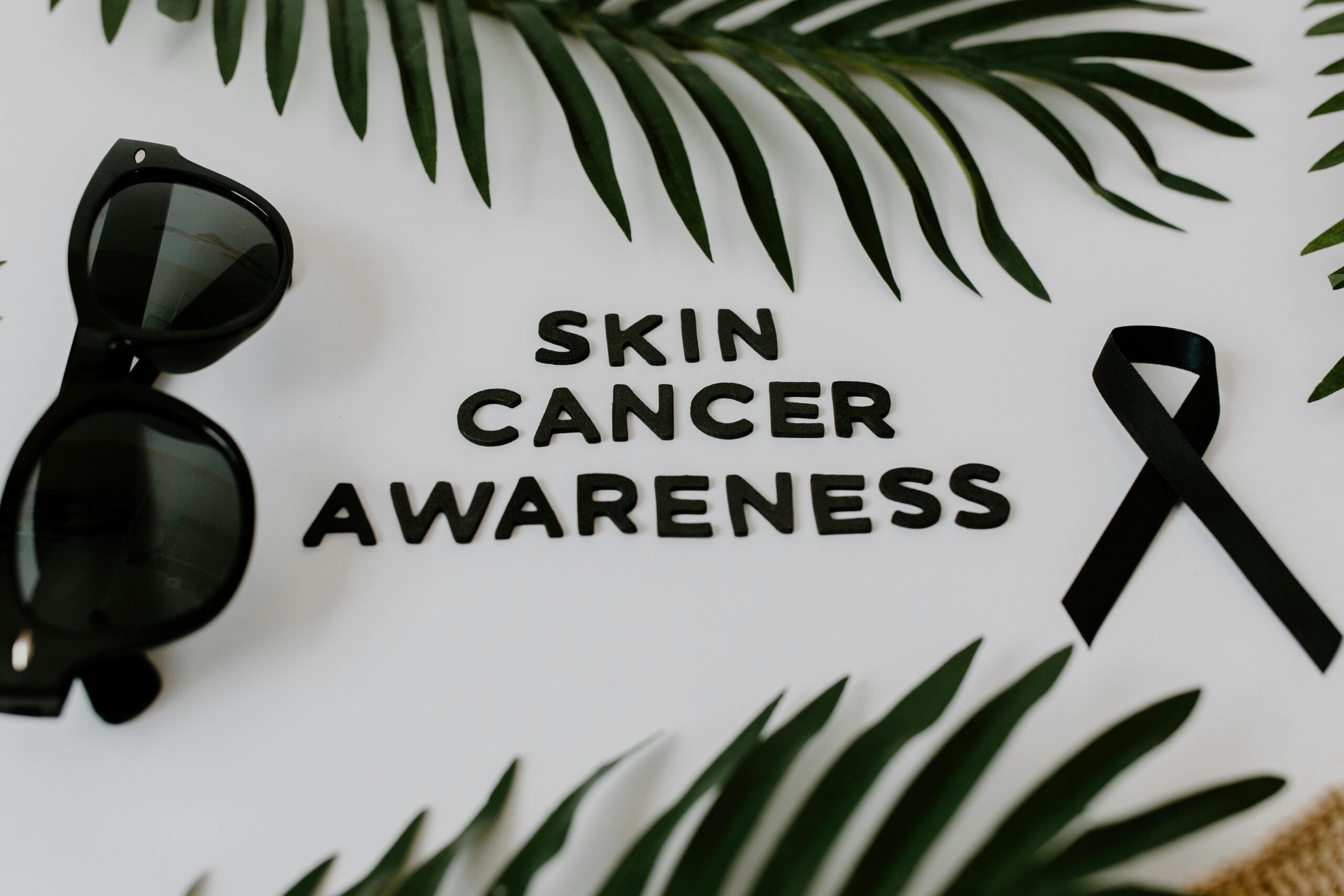Everything About Melanoma: Skin Cancer
Melanoma is one of the most serious types of skin cancer, developing from the pigment-producing cells called melanocytes. While it is less common than other skin cancers, melanoma is more dangerous because it can spread rapidly to other parts of the body if not detected early. Understanding its causes, symptoms, and prevention methods is crucial for maintaining skin health.

What is Melanoma?
Melanoma is a type of skin cancer that originates in melanocytes, the cells responsible for producing melanin, the pigment that gives skin its color. It can develop anywhere on the body, but it is most commonly found in areas exposed to the sun, such as the face, arms, and legs. However, it can also appear in less exposed areas, including the soles of the feet, under the nails, and even in the eyes.
Mechanism of Melanoma Development
Melanoma develops when melanocytes undergo genetic mutations that cause uncontrolled cell growth. The key mechanisms involved include:
- UV-Induced DNA Damage: Prolonged UV exposure can damage DNA in melanocytes, leading to mutations in genes like BRAF and NRAS.
- Dysregulation of Cell Growth: Mutations in the BRAF gene activate the MAPK signaling pathway, which promotes uncontrolled cell proliferation.
- Immune System Evasion: Melanoma cells develop mechanisms to evade immune detection, making them more resistant to destruction by the body’s immune system.
- Metastasis: As melanoma progresses, it can invade surrounding tissues and spread (metastasize) to other organs, making treatment more challenging.
Psoriasis: Chronic Skin Condition
Causes and Risk Factors
Several factors contribute to the development of melanoma, including:
UV Radiation Exposure
Excessive exposure to ultraviolet (UV) rays from the sun or tanning beds increases the risk of melanoma.
Fair Skin
People with lighter skin, freckles, and light hair have a higher susceptibility to sun damage.
Family History
A genetic predisposition to melanoma can increase the likelihood of developing the disease.
Everything About Melanoma: Skin Cancer
Weakened Immune System
Individuals with compromised immune systems are at greater risk.
Moles
Having a large number of moles or atypical (dysplastic) moles increases the chances of melanoma development.
History of Sunburns
Repeated blistering sunburns, especially during childhood, can contribute to the risk.
Everything About Melanoma: Skin Cancer
Symptoms of Melanoma
Early detection of melanoma is vital for successful treatment. The ABCDE rule is commonly used to identify warning signs:
- A – Asymmetry: One half of the mole does not match the other.
- B – Border: Edges are irregular, ragged, or blurred.
- C – Color: The mole has multiple colors, such as brown, black, red, white, or blue.
- D – Diameter: Melanomas are often larger than 6mm (about the size of a pencil eraser).
- E – Evolving: Changes in size, shape, or color over time.
Other symptoms include itching, tenderness, bleeding, or a sore that doesn’t heal.
How to Handle Negative Thoughts
Diagnosis and Treatment
If melanoma is suspected, a dermatologist will conduct a thorough examination and may perform a biopsy to confirm the diagnosis. If detected early, melanoma is highly treatable. Treatment options include:
Surgical Removal
The primary treatment involves surgically removing the melanoma and some surrounding tissue.
Immunotherapy
Boosts the immune system to help fight cancer cells.
Targeted Therapy
Uses medications that specifically target cancerous cells without affecting healthy cells.
Radiation Therapy
Often used for advanced melanomas or those that have spread.
Chemotherapy
Sometimes used if melanoma has metastasized to other parts of the body.
Understanding Cancer: A Comprehensive Overview
Prevention Tips
Although melanoma can be life-threatening, it is largely preventable. Here are some essential preventive measures:
- Use Sunscreen: Apply a broad-spectrum sunscreen with SPF 30 or higher daily, even on cloudy days.
- Avoid Tanning Beds: Artificial UV rays significantly increase the risk of melanoma.
- Seek Shade: Stay out of direct sunlight during peak hours (10 AM – 4 PM).
- Wear Protective Clothing: Hats, sunglasses, and long sleeves can provide extra protection.
- Regular Skin Checks: Perform self-examinations and visit a dermatologist for routine screenings.
- Know Your Skin: Be aware of any new or changing moles and consult a doctor if you notice any unusual signs.
Everything About Melanoma: Skin Cancer
Final Thoughts
Melanoma is a serious but preventable form of skin cancer. By taking proactive measures, such as sun protection and regular skin examinations, you can significantly reduce your risk. Early detection is key—if you notice any suspicious changes in your skin, seek medical advice immediately. Prioritizing skin health can help you stay safe and prevent melanoma from becoming a life-threatening condition.
Everything About Melanoma: Skin Cancer
FAQ
- What is melanoma?
Melanoma is a type of skin cancer that develops from melanocytes, the cells responsible for producing melanin (skin pigment). It is one of the most aggressive forms of skin cancer and can spread rapidly if not treated early. - What causes melanoma?
The primary cause of melanoma is excessive exposure to ultraviolet (UV) radiation from the sun or tanning beds. Other factors, such as genetic predisposition and weakened immune function, can also contribute. - How can I recognize melanoma?
Melanoma can appear as a new mole or a change in an existing one. The ABCDE rule helps identify warning signs: Asymmetry, Border irregularity, Color variation, Diameter larger than 6mm, and Evolving changes in the mole. - Is melanoma treatable?
Yes, melanoma is highly treatable if detected early. Treatment options include surgical removal, immunotherapy, targeted therapy, radiation, and chemotherapy, depending on the stage of the disease. - How can I prevent melanoma?
Preventive measures include avoiding excessive sun exposure, using sunscreen with SPF 30 or higher, wearing protective clothing, avoiding tanning beds, and conducting regular skin self-examinations.












